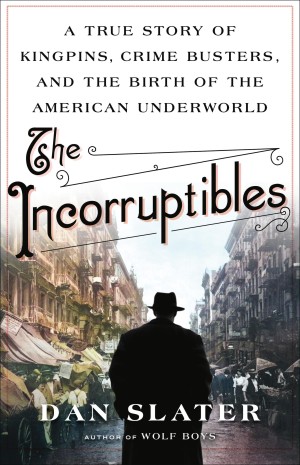Between World War I and World War II, there was a significant Jewish presence in criminal activity in virtually every major American and Canadian city. There were Arnold Rothstein, Louis “Lepke” Buchalter, and Murder, Incorporated in New York City, as well as many others. Their criminal behavior spanned the entire spectrum, including murder, extortion, loansharking, gambling, and especially bootlegging. This underside of American Jewish history has been featured in many novels and films, and it has also been extensively examined by historians.
Michael Shnayerson’s journalistic biography of Benjamin “Bugsy” Siegel is the latest contribution to this genre. Siegel was, along with his close friend and mentor Meyer Lansky, among the most notorious of America’s Jewish criminals, and his life is familiar to many because of Barry Levinson’s Golden Globe – winning 1991 film Bugsy.
Siegel (1906−1947) grew up in poverty on the Lower East Side of Manhattan and was determined to seize his share of the American Dream. Status, not money, drove Siegel, and although he made tens of millions of dollars during his lifetime, he left an estate of less than $115,000. His income had been spent on the houses, clothing, and entertainment required to create a persona far different from that of his poverty-stricken immigrant parents.
Siegel was the black sheep of the family and an embarrassment to his parents, siblings, wife, and two daughters. Yet he supported them throughout his life. Yet he could not escape from his past. If he could not be a doctor — the dream of every immigrant Jewish parent for their children — at least he could help his brother be one. He paid his brother’s medical school tuition and the expenses of establishing an office. He also underwrote the living expenses of his parents in their last years and contributed to Jewish charities, although there is no mention by Shnayerson of any attendance at synagogue services or membership in Jewish organizations.
Several biographies of Siegel have been published prior to Shnayerson’s volume, and there is little here that will surprise those familiar with his life. Much of what Siegel did took place behind closed doors or in the shadows, and any biographer must necessarily resort to guesswork. One of the great mysteries of Siegel’s life, for example, concerns who was responsible for his murder in June, 1947. There are multiple suspects, including crime lord Lucky Luciano, business rivals of Siegel, and Siegel’s mistress, Virginia Hill, whom Shnayerson believes was the most likely culprit. No one was ever arrested and we are left with speculation, as is often the case when dealing with individuals such as Siegel.





